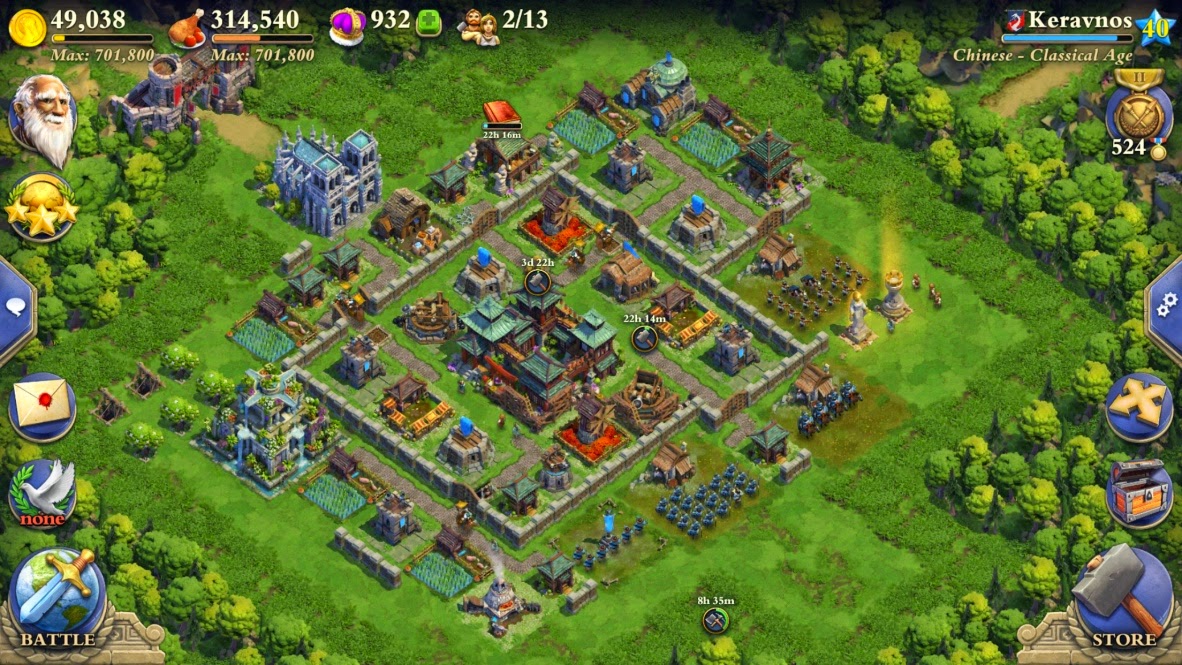

The renewed High Chronology for the Aegean has been criticized regarding unreliable contexts and problematic interpretation of the data, and the dispute continues ( Fig. This would be in line with the High Palestinian Chronology, although the latter appears obsolete even according to the Modified Conventional Chronology for the Levant proposed by Mazar, , which differs from the Low Chronology of Levant by only a few decades. However, the debate is far from being resolved, because of recent attempts, based on radiometric dates from Italy, Spain and Tunisia, to raise the Aegean Chronology by more than a century. The appearance of the new Low Chronology for the Levant, ,, which roughly corresponds to the old Low Palestinian Chronology of Crowfoot-Kenyon and therefore to the Conventional Aegean Chronology, has been embraced by the scholars working in the Aegean. This resulted in two contrasting systems for the PG and G phases in the Greek world: the Conventional Aegean Chronology, which followed the Samaria-based Low Palestinian Chronology of Crowfoot-Kenyon, and the Aegean High Chronology based on the traditional High (biblical-based) Palestinian Chronology. Yet, this too did not save the day, because: a) the Aegean items found in these sites did not come from stratigraphically secure contexts b) the date of the relevant layers in the Levant was also debated, , mainly because it was founded on biblical texts whose historicity has been challenged –.

Scholars of the Aegean Iron Age who tried to resolve the problem have therefore been forced to resort to comparative material from the East, that is, to Levantine sites which yielded Greek Protogeometric (PG) and Geometric (G) items, such as the old excavations at Samaria, Megiddo and Tell Abu Hawam. This is so because the period between the final stages of the Late Helladic IIIC (LH IIIC) in the late second millennium BCE and the archaic colonization of Italy and Sicily toward the end of the 8 th century BCE lacks archaeological contexts that can be directly related to events carrying absolute dates, such as layers with Egyptian items bearing names of well-dated pharaohs. Yet, it is difficult to tie this relative scheme into an absolute dating system. The strength of the Greek painted pottery is in its robust relative sequence, including rapid stylistic changes. The disagreement regarding the chronology of the Aegean Iron Age is a result of an inherent problem in the archaeology of this region.

This is not surprising since any significant change in the dates would affect the entire Mediterranean basin, far beyond the Greek shores. The absolute chronology of the different phases of the Iron Age in the Aegean has been debated during the last decade –. Our results place it in the second half of the 11 th century BCE. This transition is placed in the late 11 th century BCE according to the Conventional Aegean Chronology and in the late 12 th century BCE according to the High Aegean Chronology. We focus on the crucial transition from the Submycenaean to the Protogeometric periods. Here we present a new set of short-lived radiocarbon dates from the sites of Lefkandi, Kalapodi and Corinth in Greece. The small number of radiocarbon dates available for this time span is not sufficient to establish an absolute chronological sequence. Yet, the absolute chronology of the time-span between the final stages of Late Helladic IIIC in the late second millennium BCE and the archaic colonization of Italy and Sicily toward the end of the 8 th century BCE lacks archaeological contexts that can be directly related to events carrying absolute dates mentioned in Egyptian/Near Eastern historical sources, or to well-dated Egyptian/Near Eastern rulers. It is based on minute stylistic changes in the Submycenaean, Protogeometric and Geometric styles and their sub-phases. The relative chronology of the Aegean Iron Age is robust.


 0 kommentar(er)
0 kommentar(er)
